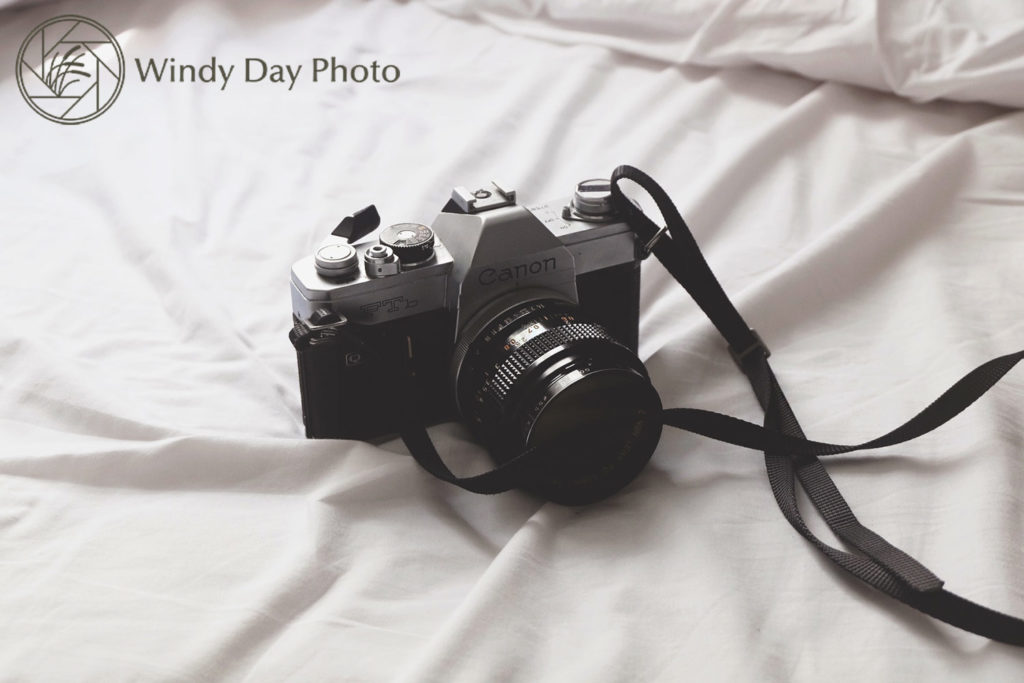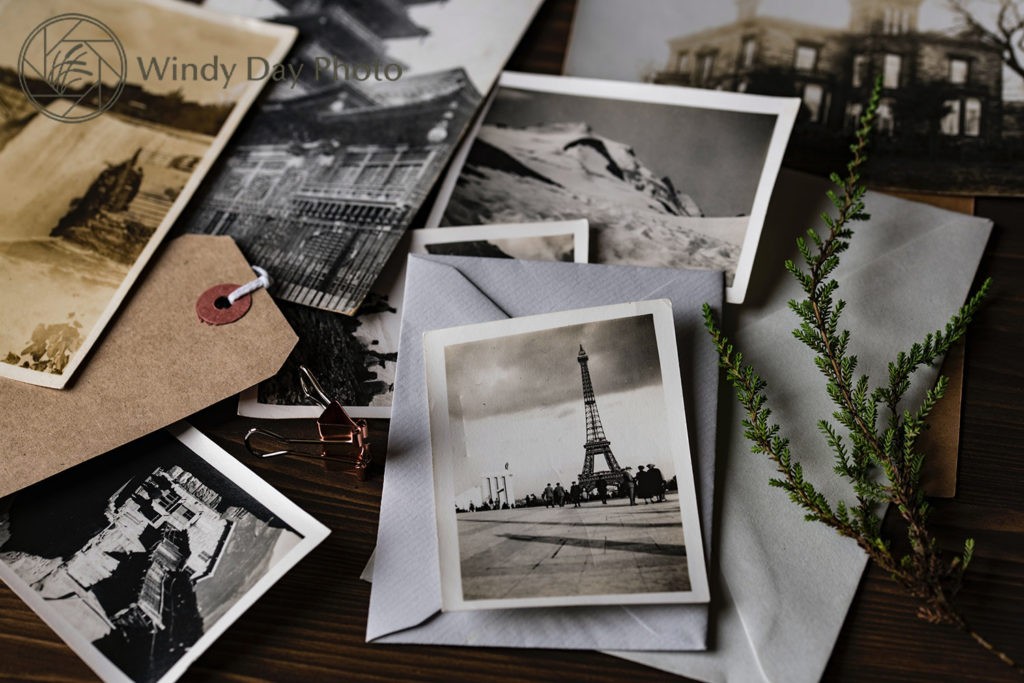In the ever-evolving realm of photography, few transformations have been as significant or as revolutionary as the transition from film to digital. This monumental shift has not only redefined the way photographers capture and process images, but it has also democratized the art form, making it accessible to the masses. Let’s dive deep into this transformative journey.
Nostalgic Beginnings: The Era of Film
Film photography, with its analog roots, is often associated with nostalgia. There was a tactile joy in loading a film roll, the anticipation of development, and the excitement of seeing a printed photograph. Each shot mattered, given the limited number of exposures on a film roll. This limitation often pushed photographers to master their craft and be intentional with every click.
Digital Dawn: A New Era Emerges
The advent of digital photography marked a significant departure from traditional practices. Suddenly, photographers were no longer restricted by the number of shots. Memory cards could store hundreds, even thousands, of images. This freedom allowed for more experimentation, more mistakes, and thus, more learning opportunities.

Quality and Resolution: A Closer Look
One of the early criticisms of digital photography was its perceived inferior quality compared to film. However, as technology advanced, digital cameras began to outperform film in terms of resolution, low-light capability, and dynamic range. Today’s digital sensors can capture intricate details and a broad spectrum of colors, rivaling, and often surpassing, their analog predecessors.
Instant Gratification and Learning
One of the undeniable advantages of digital photography is instant feedback. The ability to review a shot immediately on a camera’s LCD screen has changed the learning curve for budding photographers. It’s easier to understand mistakes, adjust settings, and perfect the art without waiting for film development.
The Cost Factor
While film enthusiasts argue about the unparalleled aesthetic of analog photos, there’s no denying that digital photography is more cost-effective in the long run. Without the need for film rolls and development costs, digital photography provides a more economical approach, especially for those who shoot frequently.
Post-Processing and the Digital Darkroom
The digital era has ushered in a new realm of possibilities with post-processing. Software like Adobe Photoshop and Lightroom offer tools that analog photographers could only dream of. From basic adjustments to advanced retouching and digital manipulations, the digital darkroom has expanded the horizons of creative expression.

Archiving and Sharing: A Global Audience
Digital photography seamlessly integrates with the internet age. Photographers can archive thousands of images on hard drives or cloud storage, ensuring memories are preserved for posterity. Furthermore, platforms like Instagram, Flickr, and 500px allow photographers to showcase their work to a global audience, breaking geographical barriers.
Conclusion
The shift from film to digital is more than just a technological advancement. It’s a reflection of how art adapts and grows with time. While film still holds a special place, often revered for its organic feel and character, digital photography has carved its own niche, defining contemporary visual storytelling. As photographers, embracing this change allows us to explore new horizons, tell diverse stories, and keep the essence of photography alive in this digital age.





